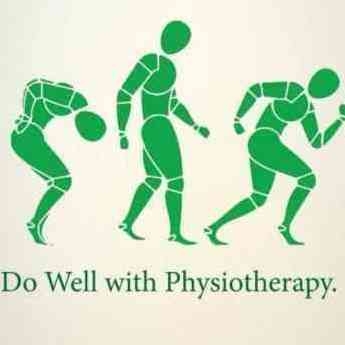+918042754929

This is your website preview.
Currently it only shows your basic business info. Start adding relevant business details such as description, images and products or services to gain your customers attention by using Boost 360 android app / iOS App / web portal.
Osteogenesis imperfecta (OI), ===================...
Osteogenesis imperfecta (OI), ========================= OI also known as brittle bone disease, is a group of genetic disorders that mainly affect the bones. It results in bones that break easily. The severity may be mild to severe. The diagnosis of OI is made on the basis of family history and/or clinical presentation. Frequent fractures, short stature, a blue hue to the white part of the eye (blue sclera), teeth problems (dentinogenesis imperfecta) and hearing loss that progresses after puberty may be present. Causes OI. ======== What causes osteogenesis imperfecta (OI)? OI is caused by defects in or related to a protein called type 1 collagen (pronounced KOL-uh-juhn). Collagen is an essential building block of the body. The body uses type 1 collagen to make bones strong and to build tendons, ligaments, teeth, and the whites of the eyes. Symptoms, ========= Brittle bone disease has one or more of the following symptoms: bone deformities. multiple broken bones. loose joints. weak teeth. blue sclera, or a bluish color in the white of the eye. bowed legs and arms. kyphosis, or an abnormal outward curve of the upper spine. scoliosis, or an abnormal lateral curve of the spine. Types, ===== Type 1 OI. Type 1 OI is the mildest and most common form of brittle bone disease. ... Type 2 OI. Type 2 OI is the most severe form of brittle bone disease, and it can be life-threatening. ... Type 3 OI. Type 3 OI is also a severe form of brittle bone disease. ... Type 4 OI. Treatment. ======== To date, there is no known treatment, medicine, or surgery that will cure osteogenesis imperfecta (OI). The goal of treatment is to prevent deformities and fractures and allow the child to function as independently as possible. Treatments for preventing or correcting symptoms may include: Care of fractures. Physiotherapy treatment OI. ======================= Weight-bearing activities, isometric exercises, muscular strengthening and functional activities are options in a rehabilitation program that should be based on physical assessment, knowledge of OI and clinical reasoning. ... This can increase physical activity and improve function and level of independence. How long can you live with osteogenesis imperfecta? ===================+========================= It is estimated that approximately 25, 000 to 50, 000 people in the U.S. have OI. With good medical management and supportive care, the majority of people who have OI will lead healthy, productive lives and can expect an average life span. People with OI experience frequent broken bones from infancy through puberty What is the prognosis of osteogenesis imperfecta? =========================================== Outlook (Prognosis) People with this type can live a normal lifespan. Type II is a severe form that often leads to death in the first year of life. Type III is also called severe OI. People with this type have many fractures starting very early in life and can have severe bone deformities. Osteogenesis imperfecta mild. ========================= Type I OI. ... OI is highly variable. Its signs and symptoms range from mild to severe. In addition to fractures (broken bones), people with OI sometimes have muscle weakness, loose joints (joint laxity), curvature of the spine (scoliosis), brittle teeth (dentinogenesis imperfecta), and hearing loss. Diet OI. ====== It is most important to practice a healthy lifestyle when one has OI. By eating a healthy diet rich in calcium, one can help improve bone strength. Doctors may also recommend certain forms of exercise to strengthen bones, maintain a healthy weight, and strengthen muscles

